The Fungus Among Us: Restoring Ecosystems and Controlling Pests
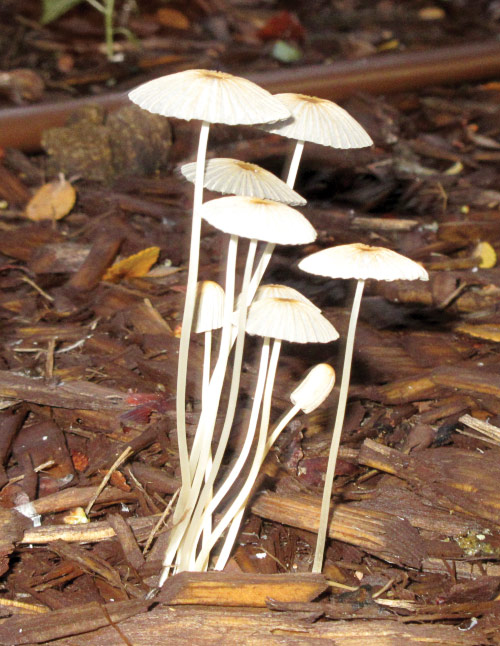 |
By Marcia Anderson, PhD; U.S. EPA
Remember walking through the forest and seeing mushrooms—the reproductive structures of fungi—growing on rotting tree trunks or decaying woodchips?
One of the main and most well-known benefits of fungi is that they help break down and recycle organic material, making nutrients available for new life. But that is just one part of their multifaceted role in the broader ecosystem.
Familiar Yet Mysterious
I recently received a call from a Head Start program director in the Pacific Northwest asking about mushrooms growing in the woodchips on their playground. She was concerned because toddlers tend to put everything in their mouths, including mushrooms. They roped off the area until the local cooperative extension service identified the mushrooms as being non-toxic.
This interaction served as a reminder of how little most people know about fungi. There is, however, much to discover.
Fungi have been around for 1.3 billion years, but we are just beginning to discover many of their benefits.
An Invaluable Ecological Role
Fungi have been around for 1.3 billion years, but we are just beginning to discover many of their benefits. Aside from being a culinary treat, certain fungi are key elements in restoring ecosystems and allies in helping farmers protect valuable agricultural crops.
Removing Pollution and Toxins
Although relatively unrecognized, fungi can be powerful tools in pollution remediation through a process known as mycoremediation, which is the use of fungi to break down or remove a range of contaminants, including oils and toxic chemicals, from the environment. This form of biological remediation can filter toxins from stormwater runoff and help clean up industrial oil spills.
These fungi can help us remove or detoxify chemicals, such as polycyclic aromatic hydrocarbons, polychlorinated biphenyls, petroleum compounds, and heavy metals like mercury and lead. How do they remove these chemicals? The fungal mycelium, or vegetative part of the fungus, absorbs and converts the hydrocarbons in these contaminants into carbohydrates.
Research using oyster mushrooms has shown significant pollutant removal from both soil and water in remediation areas. Once used for bio-remediation, the mushrooms are destroyed as toxic waste.
Similarly, turkey tail mushrooms are suitable for mercury remediation, and garden giant mushrooms can be used for E. coli removal. Mycobooms, straw rafts containing mushroom mycelium, can absorb oil from water.
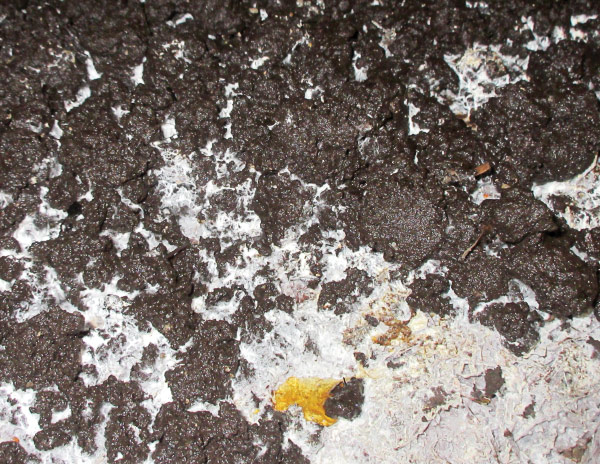 |
|
A look at a fungus’s mycelial phase. Photo by M. Anderson. |
Controlling Pests
Fungi are also used as biological pesticides, or biopesticides, that target specific insect pests and plant diseases. Biopesticides are considered less toxic than their chemical counterparts and are comparatively safer, environmentally.
Termed mycoinsecticides, some fungi act as parasites of insects and can protect plants from certain infections and diseases, thereby enhancing crop production.
Plant Pathogens
For example, one biological pesticide used in agriculture is Trichoderma spp., a beneficial fungus that colonizes plant roots and outcompetes disease-causing fungi. Trichoderma protects plants from soil-borne pathogens in non-food crops, fruiting vegetables, cole crops, legumes, herbs, cucurbits, berries, and small fruits.
A side benefit is that, over time, it stimulates plant growth and increases plant defenses.
Another fungal biopesticide, Pythium oligandrum, protects crops and turf from roughly 20 soil-borne pathogens. Muscodor albus is a fungal biopesticide that is an alternative to the fumigant methyl bromide. It is used to protect food commodities from post-harvest decay. It is also used on ornamental plants, seeds, and seedlings to protect against soil-borne diseases.
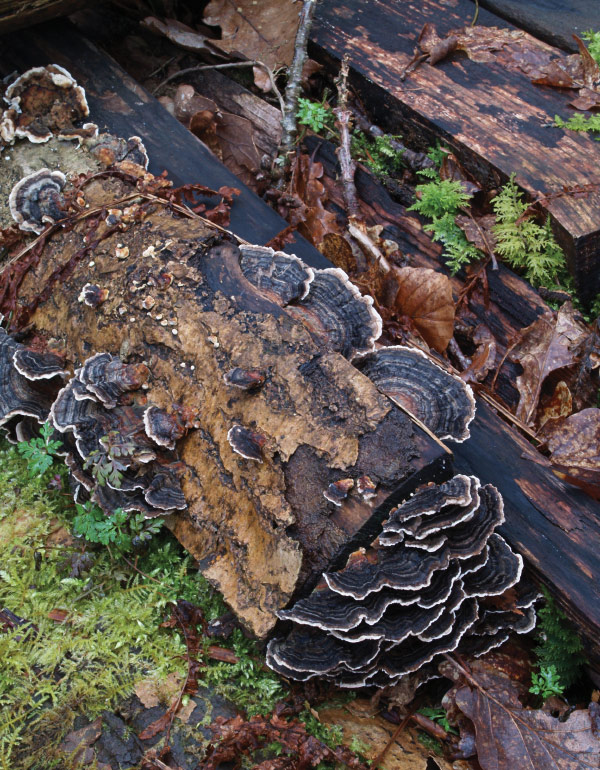 |
|
Turkey tail fungus (Trametes versicolor) helping to break down a fallen tree. Photo by Francis Gwyn Jones, Bugwood.org. |
Destructive and Disease-Vector Insects
Another commercially used biopesticide, Beauveria bassiana, is a fungus that acts on insects including aphids, whiteflies, thrips, fire ants, and bed bugs.
The fungal bodies adhere to the insect’s exoskeleton and slowly dissolve a hole in the insect’s body. The fungus penetrates the body, proliferates, and produces spores that subsequently liquefy the insect’s internal organs.
Its slow action allows time for the target insect to pick up the fungal spores and infect the rest of the colony. The best news is that it does not affect non-target organisms.
In tropical countries, manufacturers have combined the use of entomopathogenic biopesticides and insecticide-treated bed nets to control the mosquitoes that carry malaria.
Sprays of some fungal spores are pathogenic to mosquitoes during specific stages of their life cycle and affect their metabolic and reproduction rates. Fungal infection consequently reduces the mosquito’s ability to transmit diseases.
The World Health Organization has been testing the biopesticide Beauveria bassiana to reduce malarial transmission. It results in high mosquito mortality and rapid reductions in feeding and flight capability.
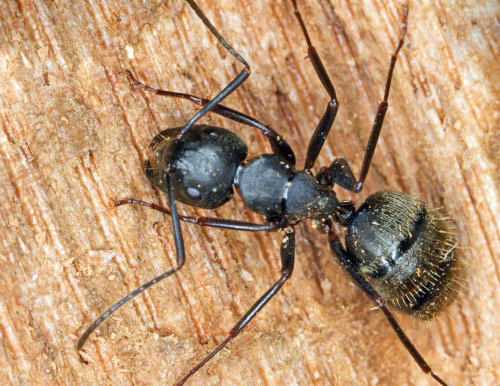 |
|
Carpenter ants are the target of a biological pesticide. Photo by David Cappaert, Bugwood.org. |
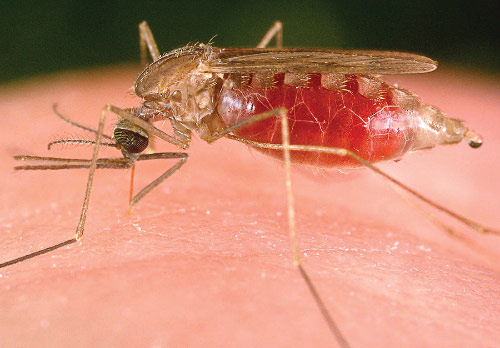 |
|
An Anopheles freeborni mosquito pumping blood. Photo: CDC. |
Meeting Demand for Pesticide Alternatives
The growth of the biopesticide market, including these fungal-based controls, comes in response to the increasing demand for more natural pest control tools. Biopesticides can complement conventional chemical pesticides and are cost-effective and eco-friendly.
Biopesticides can be incorporated into any integrated pest management (IPM) program, contributing to sustainable pest control and creating a safer, more healthful environment. They embody the IPM principle of dealing with pests in ways that protect human health and the environment through means that are both effective and cost-effective.
Further Information
For more information on biopesticides, visit the EPA biopesticide webpage (www.epa.gov/ingredients-used-pesticide-products/what-are-biopesticides).
In addition, Paul Stamets’s TED lecture on mushrooms discusses how mushrooms can save the world (www.ted.com/talks/paul_stamets_6_ways_mushrooms_can_save_the_world).
The Northeastern IPM Center promotes integrated pest management for reducing risks to human health and the environment. If republishing our news, please acknowledge the source (“From Northeast IPM Insights”) along with a link to our website.
